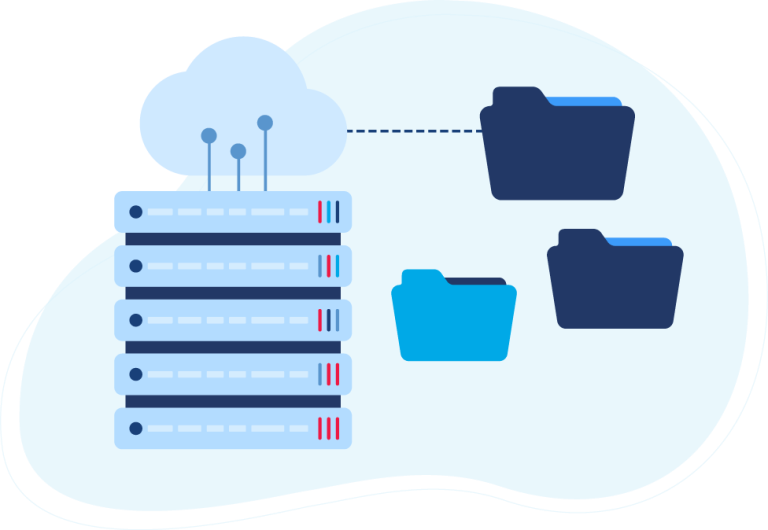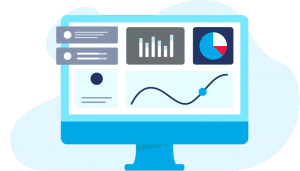Buy online, pick up in-store is a strategy that brands have adopted as a model to remain ahead of the curve. But what exactly is BOPIS and what impact can retailers expect from it? Find out how BOPIS works, best practices, and customer experience considerations.
So much has been written on BOPIS that you would think the major eCommerce platforms would have the whole thing completely solved by now. I am not going to provide a guide on what BOPIS is or what the major factors are, you can read about that on the myriad of blog articles out on the internet.
However, I am going to talk about the rubber hits the road issues and challenges that you can expect to encounter when wanting to implement BOPIS.
What is BOPIS?
Buy online pick-up in-store, commonly known as BOPIS, has become the most talked-about subject in retail since the Covid-19 pandemic hit in early 2020. It involves all manner of terms, including curbside pickup, in-store pickup, click and collect.
The rise of BOPIS has to do with the benefits shoppers get and the opportunities that it creates for retailers. For instance, customers don’t have to deal with shipping costs, long delivery timelines, and can easily ship back items that don’t fit or meet their expectations.
For retailers, BOPIS delivers positive results such as increased sales and store traffic, and lower shipping expenses. Ultimately, it enables brands to offer a better customer experience and faster service by integrating online shopping and in-person pickup.
How does a BOPIS, Buy Online Pickup In-Store Strategy Work?
At a conference in London, England in 2019, I was asked if click and collect or BOPIS was going to revive the dwindling high street retailers. I said, in answer to the question, that BOPIS by itself was not because the foundation upon which BOPIS is built on was more important than the process itself. The foundation is key and in the context of BOPIS, there are three factors that affect the BOPIS strategy and whether it will be a success or not.
Consider these three elements for a successful BOPIS strategy:
1. Customer Experience:
Buying online, paying for the order, and shipping to the customer is relatively easy and your back-end systems are not exposed to the customer in any manner. The order is picked and shipped to the customer. If the shipper does their job, it’s all good. If they don’t then you have a customer service issue.
With BOPIS, things are very different. The product is selected online, then the pickup location is selected, and whether the product is available or not, the order then gets built, and gets paid for. Now what? What happens on the back-end and in-store is critical because it’s in plain view of the customer. It intersects at an alarming rate with your store-level operations.
So, the questions to ask yourself if you are a bricks-and-mortar based retailer are the following;
- How does the pickup location get notified if there is an order to pick?
- How does the order get fulfilled?
- Who does the picking?
- How do you notify the customer the order is ready to pick up?
- Where does the customer go to get their order at the store?
- How long do they wait?
- What happens when none or some of the above don’t work?
I am not going to get into a detailed explanation of each but these are seven major customer service considerations when thinking about implementing BOPIS.
2. Data Considerations
As always, there are elephants in the room and with BOPIS, it is data.
What do I mean by data? If you are a retailer with multiple locations, inventory management becomes a critical part of a clean BOPIS experience online. You want a customer to be able to see available inventory at a specific location within your retail chain. This is often easier said than done. Many retail executives get hung up on wanting real-time this and real-time that. The requested reality isn’t always achievable.
Some of the things to consider and evaluate when deciding how you are going to handle available inventory data and the speed of data delivery include:
- How large is your product catalogue? The larger the catalogue the more data points you have.
- How many bricks and mortar locations do you have? As with the product catalogue the more stores the more data points.
- Are all products available for BOPIS?
- Do you have all products available at all locations for BOPIS?
- Are you going to restrict BOPIS orders to only in-store pickup?
These five points collide with the choice of the front-end eCommerce platform and the limitations of those systems coupled with the limitations of your in-house systems. The truth here is everyone struggles with data visibility and with BOPIS there is no nirvana or perfect scenario.
3. Website Considerations
The platform you choose for eCommerce will have an impact on your ability to execute BOPIS. Many people are surprised when I say this because it seems to be a mainstream fact that any eCommerce platform can do BOPIS. On the surface yes they all can, however, the devil is always in the details.
Let’s go back to the size of the product catalogue and the number of bricks and mortar locations. For sake of argument let’s say you have 1000 products available for BOPIS at 60 locations. That’s 60,000 data points that need to be maintained on the front end. Expand that catalogue now to 5000 items at the same 60 locations and you have 360,000 data points. This exponential expansion creates an ever-growing velocity issue.
Ask yourself these questions about your integration solution:
Can I realistically maintain that many data points in real-time? The answer is no, absolutely not if you are trying to retrieve data from your ERP or inventory management system.
Why? Because of something called API throttling. I won’t get into API throttling because there are lots written about it, including our own article on the subject of APIs and how important they are in the world of eCommerce integration.
So, can the eCommerce website query the available inventory in the ERP or inventory management system and at what speed?
This may require under the hood scripting which may or may not be possible.
Speed, however, affects the front-end customer experience. The question to ask is, can I set up real-time API calls to my ERP or inventory management system and at what point does the number of data points become difficult to manage because of the number of API calls required to update data? This approach allows for faster velocity but is also very much dependent on the APIs available to be interacted with on each side.
Should I offer Buy Online, Pick-Up in Store Options?
In summary, a well-thought-out BOPIS strategy takes into account the following three areas we have discussed:
- The in-store customer experience
- The number of data points and the velocity of data processing.
- Website technology and limitations
 D365 Business Central
D365 Business Central Netsuite
Netsuite




